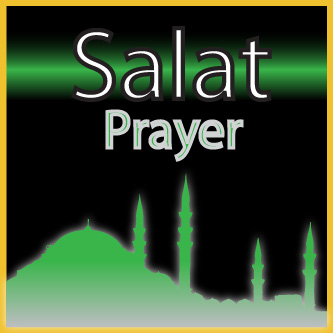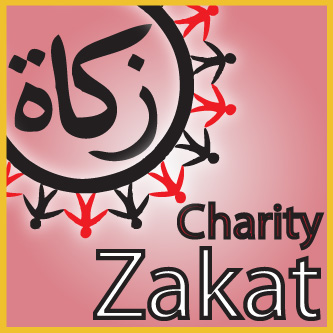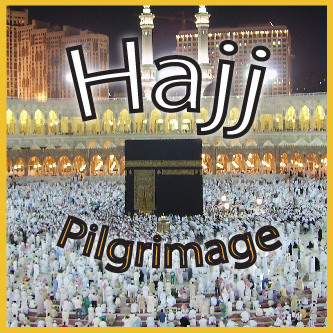Request:
I started a few months ago a fighting sport called Aikido.
There are some people on youtube that throw people without touching them on the floor and make them jump around using Ki.
I need some sport and discipline but is there any fighting sport from asia using ki or chi and bowing down to a picture in the beginning and perhaps calling the jinn, witch are allowed.
Are they using powers from Allah or from Shaytan?
I know the founder of Aikido followed the Omooto religion witch believe in one God but split God up into pieces and are therfore related to Dajjaal.
Like the freemason’s.
Response:
Martial arts are methods for developing the skill of warriors, just as Freemasonry is a system for builders. In Islamic civilization, all the crafts were illuminated through the traditions of futuwwah or “Sufi Chivalry,” since the effort required to achieve excellence in any traditional art is best related to the knightly struggle. This natural link between craft activity and chivalry moreover explains the presence of Templar elements within Freemasonry.
Make no mistake: the principles of Freemasonry were embraced by the very great Naqshbandi–Khalidi Amir `Abd el-Kader; he was later to become, however, outspoken against the decision of the Grand Orient of France in 1877 to no longer work for “the glory of the Great Architect of the Universe.”
If the efforts of the craftsman – or the martial artist – are not an expression of servanthood to the Lord of Heavens, to what end may his efforts be directed? After all, the word “knight” means servant; for that matter, so does the word “samurai.”
Ki – both in its meaning as well as in its cultivation – is bound up with the breath, and belongs to an intermediary dimension between the physical and spiritual. It may therefore be compared to what is called in Arabic nafs; this word also relates to the breath, and is understood to be intermediate between the bodily elements and the spiritual faculties of the heart. Naqshbandi systems locate the nafs below the navel, that is, in the location of the lower dantien or hara of the oriental martial arts. Of course, since the ki is not a spiritual faculty, strengthening of the ki does not require spiritual guidance. In a sense, any exercise makes the breath stronger. No doubt a strengthened nafs may be found in many martial arts schools.
Your question concerns the compatability of the oriental martial arts with Islamic conduct, and this is an important way to evaluate any physical exercise or sport – soccer (football) for example. Hatha Yoga in particular has recently come under scrutiny. Of course, any particular system in the Orient – whether “internal” or “external” – through which the ki is cultivated belongs to a particular world-view that is part of its cultural identity; even when its efficacy in its original context is not in doubt, its suitability for another culture with its own systems is not guaranteed.
With this in mind, it is interesting to consider the martial art of the West known as fencing. In 1903 the Caliph of the Messenger of Allah issued the imperial firman that mandated the practice of classical fencing in Ottoman military schools (and the word classical is used here to avoid simply equating the fencing of this period with the modern sport). While the practice of this “Christian” martial art in Islamic culture may seem out of place, it is important to recognize that the chivalric world-view which it expresses was shared by Western Christendom and traditional Islam; in fact, the principles of this world-view were received by the former from the latter. It is also of interest to note that the very word for fencing in Arabic – muthaqafah – has the root meaning of “culture.”
To return to the breath, and in the context of spiritual training, the first principle of the Naqshbandi Order is hosh dar dam – “conscious breathing” – and here is the beginning of the spiritual work. The breath serves as the vehicle for the Arabic letters, that through the breath become Holy Names. The use of the breath in the repetition of dhikr enables power (qudrah) to develop. When movement is informed by dhikr – and the second principle is nazar bar qadam, to “aim the step” – the source of power is no longer restricted to the domain of the nafs.
Because of the spiritual power inherent in the Arabic letters, it is perhaps not too surprising that there are historical examples of martial arts that have sought to incorporate this power in its methods. For example, the practice known as Tan Tui is everywhere practiced by Chinese martial artists, and is often acknowledged as having an Islamic source from Eastern Turkestan. According to legend, Tan Tui – so called because of the “ten roads” of its movements – was originally composed of 28 “roads,” one for each letter of the Arabic alphabet. Be that as it may, it is unlikely that this hidden dimension is widely understood by the practitioners of Tan Tui, let alone actualized.
Certain forms of Silat have providentially served as a repository for methods capable of actualizing spiritual power within martial arts. As an example of its contemporary vitality, the head of Silat Seni Gayong in the United Kingdom is a Naqshbandi-Haqqani imam.
Mahmoud Shelton






